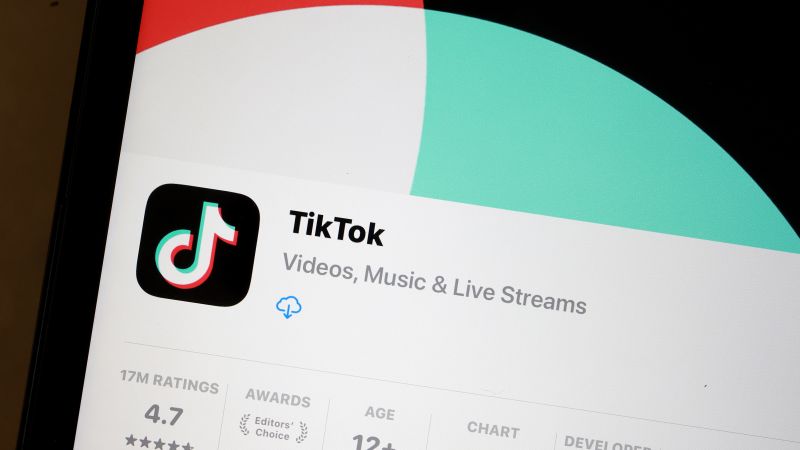The screen-time limit tool on TikTok for teens does not effectively limit usage, as revealed in unredacted documents obtained by Kentucky Public Radio and reported by NPR. The documents show TikTok executives acknowledging the dangers of the video-sharing app for children, including the limited effectiveness of time management tools. These tools were implemented in response to concerns about the negative impact of spending excessive time on the app on teenagers’ mental health, but TikTok executives measured their success based on improving public trust rather than actually reducing usage.
According to the internal documents, TikTok’s goal with the time management tool was not to reduce the time spent on the app but to increase daily active users and retention rates. The tool only resulted in a 1.5-minute decrease in daily usage, and the company did not address this issue despite recognizing its ineffectiveness. In addition to the time management tool, TikTok also deployed videos encouraging users to take breaks, but an executive admitted that these efforts were more for show and not entirely effective in reducing usage.
In response to these concerns, a group of 14 attorneys general filed lawsuits against TikTok, alleging that the platform has addicted young people and harmed their mental health. The lawsuits highlight various aspects of the TikTok platform that contribute to excessive usage, such as its endlessly scrolling feed of content, challenge videos that promote risky behavior, and disruptive late-night push notifications. These legal actions come after the accidental release of unredacted legal documents by the Kentucky Attorney General’s office, which were later sealed to protect confidential information.
TikTok has denied the claims made in the lawsuits, stating that they are inaccurate and misleading. The company maintains that it has implemented various safeguards to protect teens and is committed to updating and improving its product. These measures include proactively removing suspected underage users and launching safety features to enhance user protection. Despite these efforts, the documents reveal that TikTok’s executives were more focused on improving public perception than effectively addressing concerns about excessive screen time among teenagers.
The revelations from the unredacted documents shed light on the disconnect between TikTok’s public image and its internal practices regarding teen usage. While the company has introduced tools and features to promote responsible usage, the documents suggest that these efforts may be more about appearance than substance. As the lawsuits against TikTok move forward, the company will likely face increased scrutiny over its role in facilitating addictive behaviors and potential harm to young users’ mental well-being.


